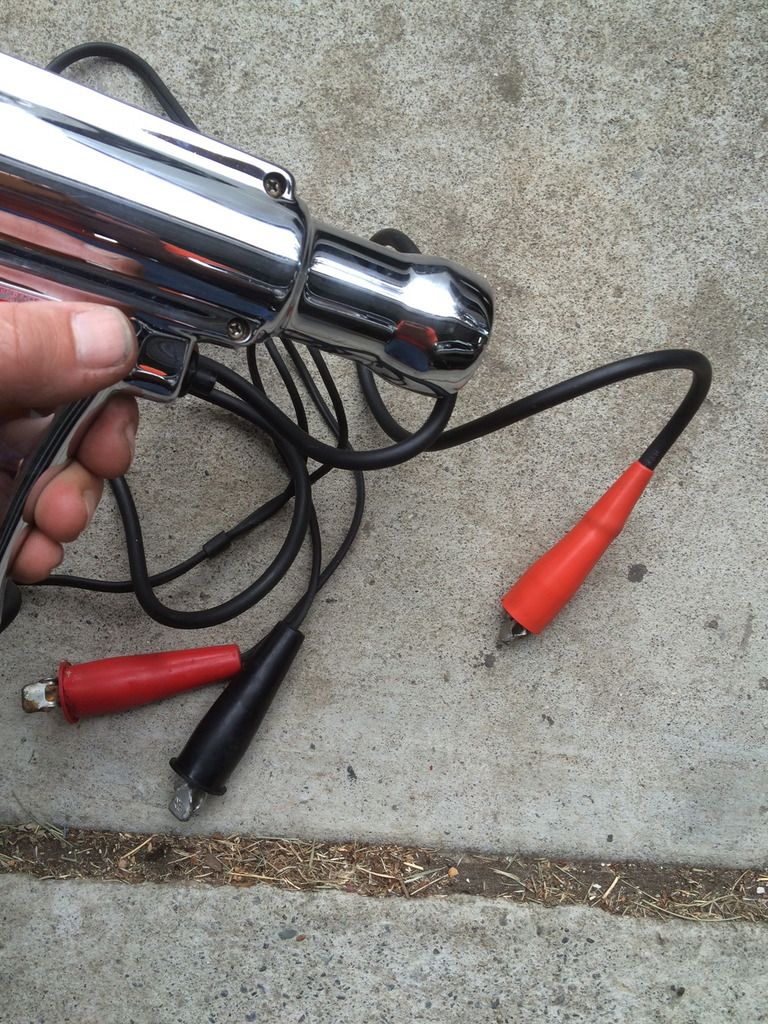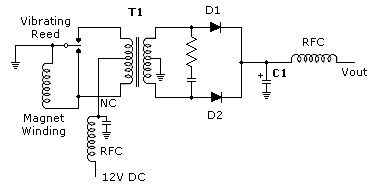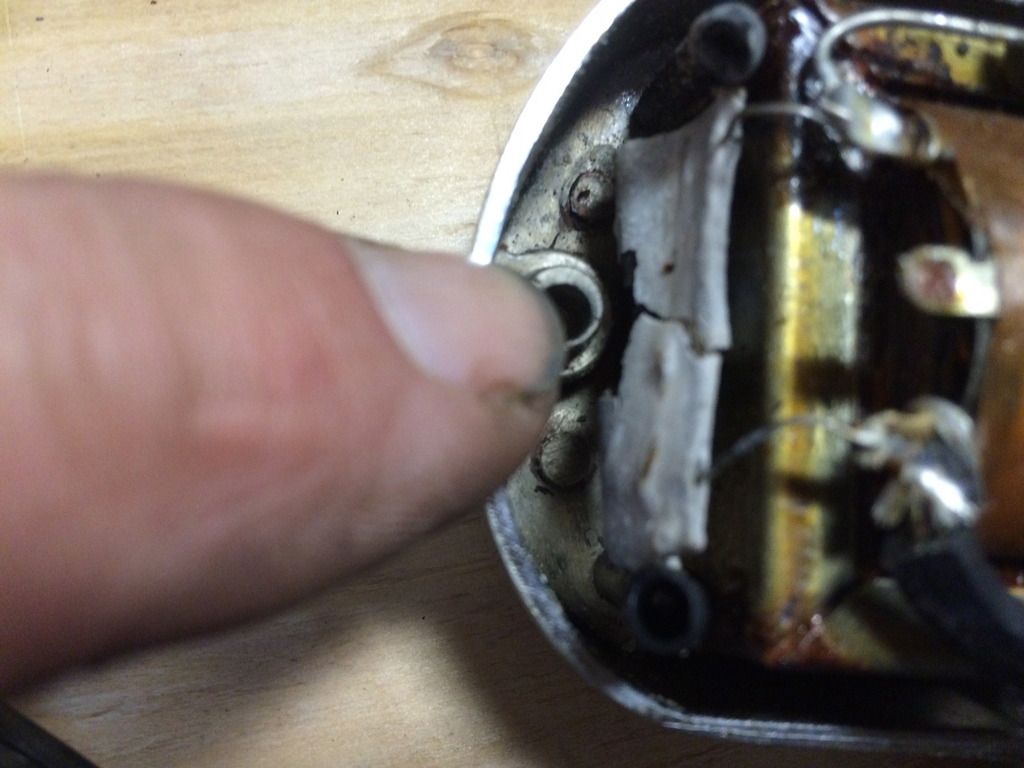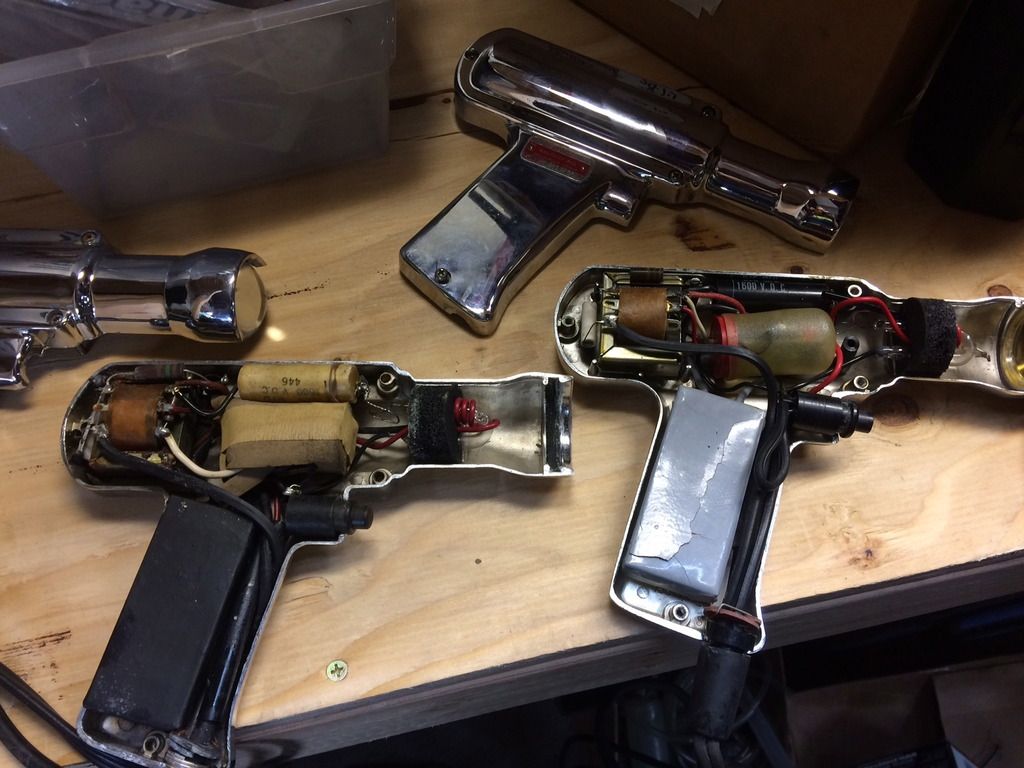iw378
Well-Known Member
Anyways I couldn't help myself being the tool hoarder I am.
I have always wanted one of these lights and this one looked to be in great shape with the box. 10 bucks. It does not work. I put a steel probe through the number one spark plug boot to hook up the sensor wire. When I pull the trigger I can hear something working inside but the light will not flash. Is there anyone that repairs these. Prolly not worth it but I want it to work just because.. LOL

I have always wanted one of these lights and this one looked to be in great shape with the box. 10 bucks. It does not work. I put a steel probe through the number one spark plug boot to hook up the sensor wire. When I pull the trigger I can hear something working inside but the light will not flash. Is there anyone that repairs these. Prolly not worth it but I want it to work just because.. LOL






















